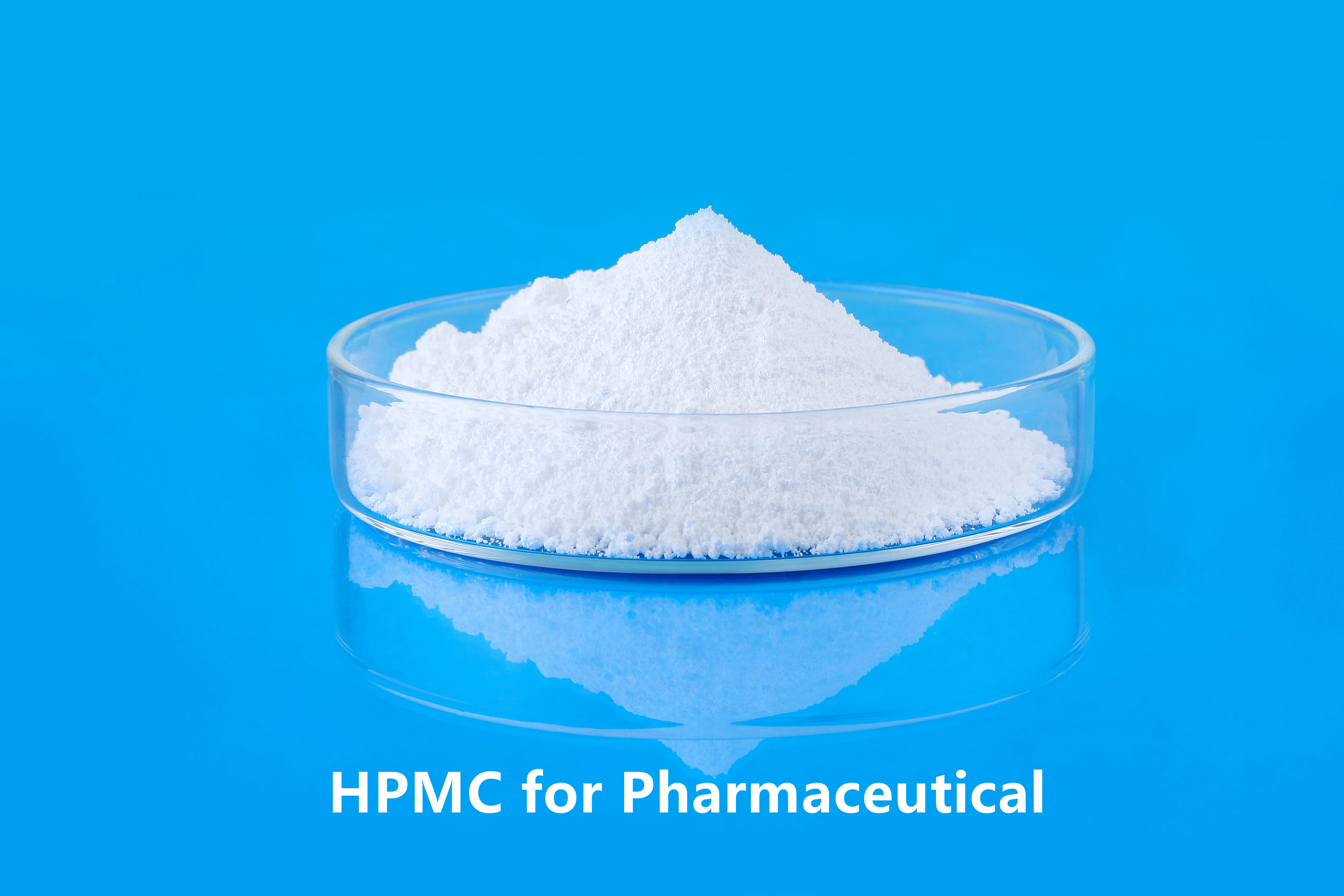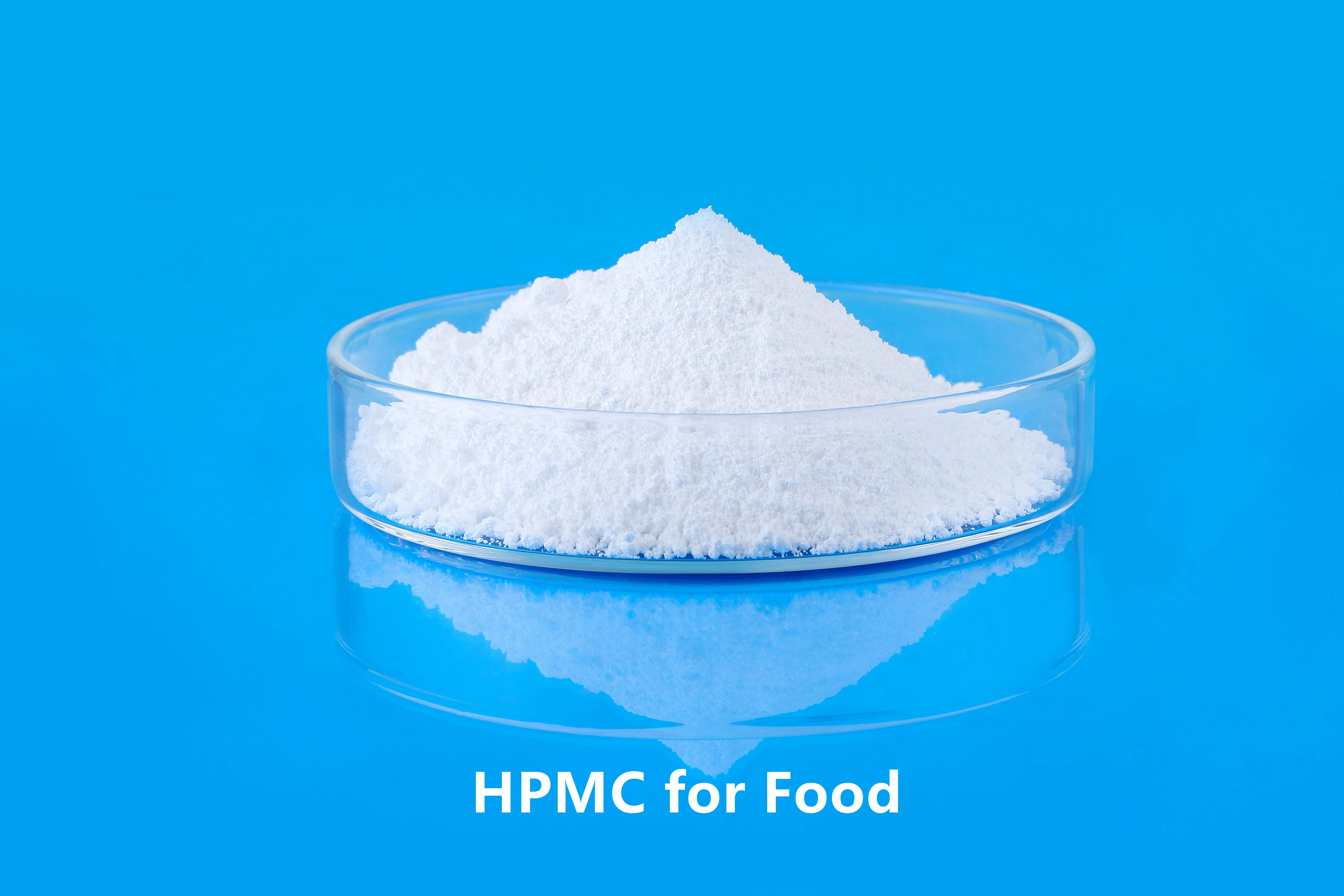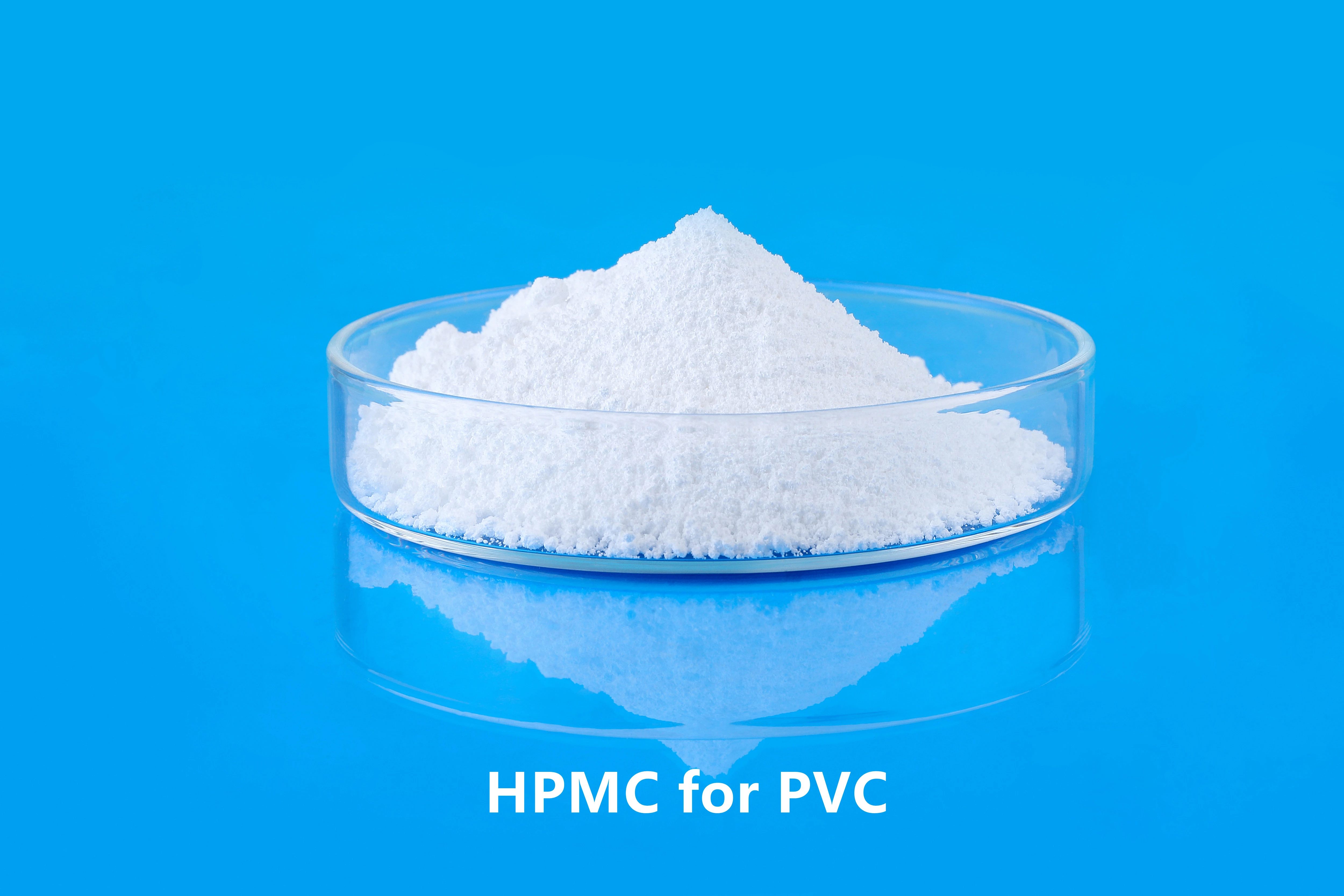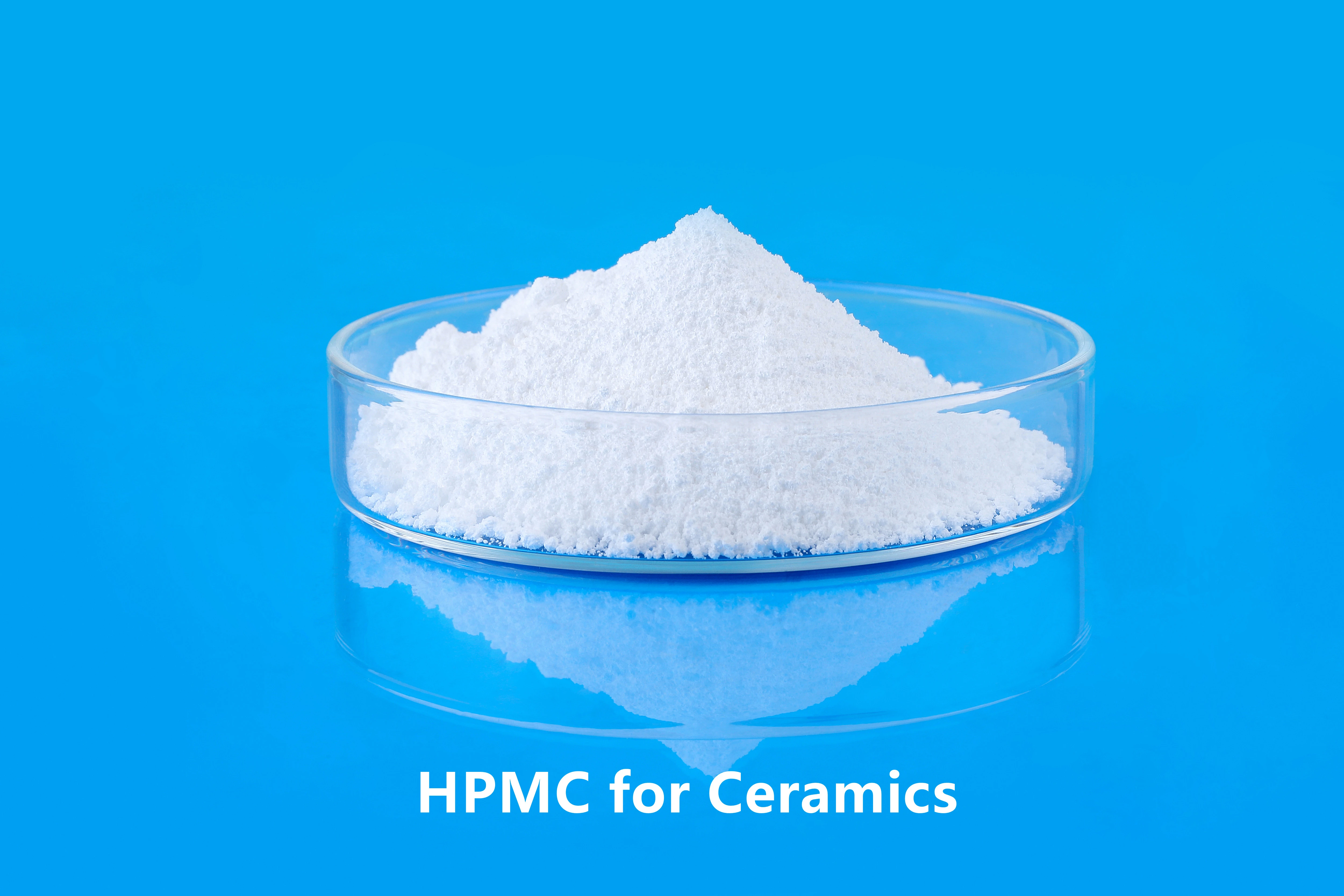Usos de la hidroxipropilmetilcelulosa (HPMC)
La hidroxipropilmetilcelulosa (HPMC) se deriva principalmente de la pulpa de algodón/madera refinada, que se alcaliniza para obtener celulosa y, a continuación, se añade óxido de propileno y cloruro de metilo para la eterificación con el fin de obtener éter de celulosa.
La celulosa HPMC actúa como espesante, agente de retención de agua, dispersante, estabilizador, emulsionante, aglutinante, excipiente y formador de película en diversas industrias. La celulosa HPM se utiliza ampliamente en morteros secos para la construcción, en la industria farmacéutica, petroquímica, cerámica, papelera, de resinas sintéticas, del cuero, alimentaria y cosmética, entre otras.
La hidroxipropilmetilcelulosa (HPMC) KimaCell® tiene las ventajas de una amplia aplicación, uso de unidades pequeñas, buen efecto de modificación y respeto al medio ambiente. Los productos HPMC pueden mejorar y optimizar significativamente el rendimiento del producto en el campo de su adición, lo que favorece la mejora de la eficiencia en la utilización de recursos y el valor añadido del producto. Aditivos respetuosos con el medio ambiente que son esenciales en diversos campos.
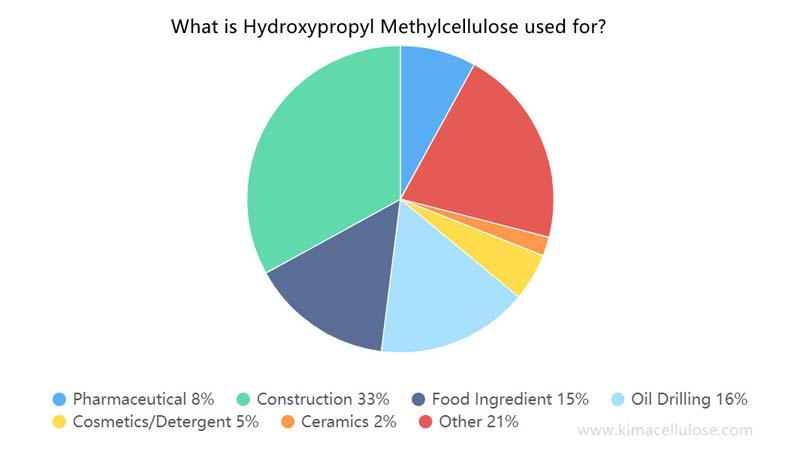
En el campo de la medicina, la hidroxipropilmetilcelulosa (HPMC) es un importante excipiente farmacéutico, que puede utilizarse en preparaciones de liberación sostenida y controlada de fármacos, cápsulas vegetales, recubrimientos de comprimidos, agentes de suspensión, aglutinantes de comprimidos, desintegrantes de comprimidos y otros escenarios de aplicación.

La hidroxipropilmetilcelulosa (HPMC) de calidad alimentaria es un aditivo alimentario seguro reconocido. Se puede utilizar como espesante alimentario, estabilizador y humectante para espesar, retener agua y mejorar el sabor. Se utiliza ampliamente en los países desarrollados, principalmente para alimentos horneados, tripas proteicas de colágeno, nata montada, zumos de frutas, salsas, carne y otros productos proteicos, alimentos fritos, etc. China, Estados Unidos, la Unión Europea y muchos otros países permiten el uso de HPMC como aditivo alimentario.
La proporción de hidroxipropilmetilcelulosa (HPMC) de calidad alimentaria utilizada en la producción de alimentos en China es relativamente baja. El mercado nacional se encuentra todavía en fase de aplicación y promoción, lo que, unido al elevado precio de la HPMC de calidad alimentaria, hace que se utilice en menos ámbitos de la producción alimentaria en mi país. Sin embargo, con la mejora de los ingresos, se espera que la escala de la industria alimentaria mantenga un crecimiento constante a largo plazo. Además, con la mejora de la concienciación de la gente sobre la comida sana, la tasa de penetración del HPMC como aditivo saludable aumentará gradualmente. Se espera que el consumo de HPMC en la industria alimentaria siga creciendo.
En la industria del mortero de mezcla seca para la construcción, la hidroxipropilmetilcelulosa se utiliza como agente de retención de agua y retardador del mortero de cemento para que el mortero sea bombeable. HPMC Se utiliza como aglutinante en yeso, escayola, masilla en polvo u otros materiales de construcción para mejorar la extensibilidad y prolongar el tiempo de trabajo. HPMC se puede utilizar como azulejo de pasta, mármol, decoración de plástico, refuerzo de pasta, y también puede reducir la cantidad de cemento. El rendimiento de retención de agua de HPMC evita que la pasta se agriete debido a un secado demasiado rápido después de la aplicación, y mejora la resistencia después del endurecimiento.

Beneficios de la hidroxipropilmetilcelulosa
La hidroxipropilmetilcelulosa (HPMC) ofrece una amplia gama de ventajas en diferentes sectores. La versatilidad de la HPMC como espesante, estabilizador, formador de película y agente de retención de agua la convierte en un ingrediente indispensable en productos farmacéuticos, alimentarios, cosméticos y materiales de construcción. Tanto si se trata de controlar la liberación de fármacos en formulaciones farmacéuticas, mejorar la textura y la estabilidad de productos alimentarios, mejorar el rendimiento de formulaciones cosméticas u optimizar las propiedades de materiales de construcción, HPMC desempeña un papel vital.
a. Liberación controlada de fármacos: HPMC se utiliza comúnmente como formador de matrices en formas farmacéuticas sólidas orales, como comprimidos y cápsulas. Proporciona una liberación controlada del fármaco, garantizando una liberación constante y sostenida del ingrediente farmacéutico activo (API) durante un período prolongado. Esta característica es particularmente beneficiosa para los fármacos que requieren un patrón de liberación lenta para mantener la eficacia terapéutica.
b. Recubrimiento pelicular: HPMC forma una película uniforme y lisa cuando se aplica a comprimidos o cápsulas, ofreciendo protección contra factores ambientales como la humedad, la luz y el aire. También mejora el aspecto, la deglutibilidad y la estabilidad de la forma farmacéutica.
c. Propiedades mucoadhesivas: HPMC puede adherirse a las superficies mucosas, aumentando el tiempo de contacto y mejorando la absorción del fármaco. Esta propiedad es útil
a. Espesamiento y estabilización: HPMC actúa como agente espesante y estabilizador en productos alimenticios. Aporta viscosidad, textura y cremosidad a salsas, aderezos y productos lácteos. Previene la separación de fases y mantiene la homogeneidad de las formulaciones alimentarias.
b. Sustitución de grasas: HPMC puede utilizarse como sustituto de la grasa en productos alimenticios bajos en grasa. Imita la sensación en boca y la textura de las grasas, proporcionando una experiencia sensorial deseable a la vez que reduce el contenido calórico.
c. Retención de agua: HPMC tiene la capacidad de retener agua, evitando así la pérdida de humedad y manteniendo la jugosidad y frescura de los productos alimenticios. Es particularmente útil en productos horneados, donde mejora la vida útil y la textura.
a. Agente espesante y emulsionante: La celulosa HPMC se utiliza ampliamente en formulaciones cosméticas, como cremas, lociones y champús, debido a sus excelentes propiedades espesantes y emulsionantes. Mejora la estabilidad y consistencia de los productos cosméticos, permitiendo una mejor untabilidad y facilidad de aplicación.
b. Filmógeno: Cuando se aplica sobre la piel o el cabello, la celulosa HPMC forma una película protectora que ayuda a retener la humedad, reduciendo la pérdida de agua y manteniendo la hidratación. También aumenta la longevidad de los productos cosméticos en la superficie de la piel o el cabello.
c. Agente de suspensión: HPMC puede suspender partículas sólidas en formulaciones cosméticas, impidiendo su sedimentación. Esta propiedad es particularmente útil en suspensiones, exfoliantes y productos exfoliantes.
a. Aditivo para cemento y mortero: HPMC actúa como espesante y agente de retención de agua en productos a base de cemento, como morteros, adhesivos para baldosas y revocos. Mejora la trabajabilidad, la adherencia y la resistencia al pandeo, al tiempo que reduce el agrietamiento y la contracción.
b. Tiempo abierto mejorado: El tiempo abierto se refiere a la duración durante la cual un material de construcción sigue siendo trabajable después de la aplicación. El HPMC prolonga el tiempo abierto de los adhesivos, facilitando la colocación y el ajuste de baldosas, papeles pintados y otros materiales.
c. Resistencia al agua: HPMC mejora la resistencia al agua de los materiales de construcción, haciéndolos más duraderos y resistentes a los daños causados por la humedad. Mejora el rendimiento general y la vida útil de edificios y estructuras.
En general, las ventajas de la hidroxipropilmetilcelulosa son amplias y diversas. Sus propiedades multifuncionales la convierten en un ingrediente esencial en una amplia gama de productos, ya que mejora el rendimiento, la estabilidad y la experiencia del usuario. A medida que la investigación y la tecnología sigan avanzando, es probable que la celulosa HPMC encuentre aún más aplicaciones en diversos sectores, lo que demostrará aún más su valor y versatilidad.
 English
English 日本語
日本語 français
français Deutsch
Deutsch Español
Español italiano
italiano русский
русский português
português العربية
العربية Türkçe
Türkçe Nederland
Nederland


